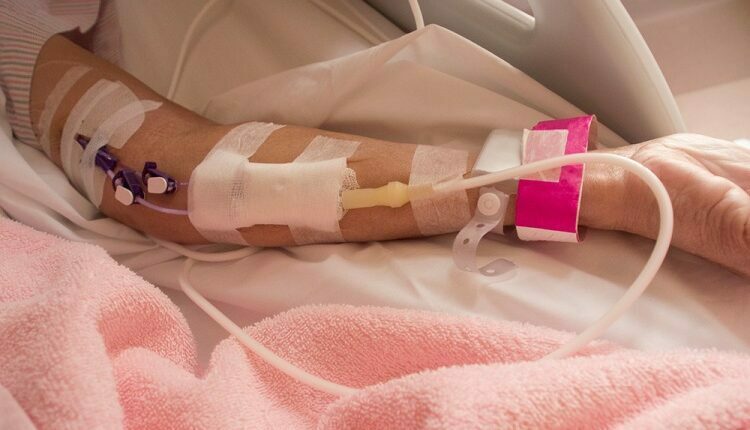Is PICC Line The Best Central Venous Catheter?
Many care providers use a peripherally inserted central catheter (PICC) through a venous route in your arm to access specific veins in your heart. Most times PICC Line placement delivers medication or liquid nutrition to patients who, for some reason, cannot make the substances orally. Although most people fear the initial insertion, this technique can help you avoid getting repeated needle stick insertions that can irritate your skin. It is essential to work with an experienced El Paso vein surgeon who will carefully monitor the process to minimize the risk of infection and blood clots.
Table of Contents
Why do doctors use PICC lines?
This catheter helps to deliver specific liquid medications and nutrition to patients. A PICC line is a temporary solution for patients who require extended therapy that involves frequent needle pricks. The most common candidates for PICC line treatments include:
- Cancer patients: This chronic illness requires multiple hospital visits to receive specific therapeutic drugs through vein infusion. Therefore cancer patients, especially those undergoing chemotherapy, need a more convenient mode of medication delivery like the use of a PICC line.
- Digestive system complications make it difficult for a patient’s digestive system to process nutrients in food. For this reason, a PICC line can help deliver liquid nutrition to help patients gain the energy they need to survive.
The great thing about having a PICC line in place is that your doctor can use it to do other things like draw blood from your body or deliver contrast material that can make body organs during imaging tests more visible.
What are the risks of the PICC line?
You need to be aware of the risks associated with the PICC line so that you easily detect issues earlier for your doctor to correct. Some of the most common complications of the PICC line include:
- Bleeding
- Infection
- Blood clots
- Irregular heartbeat
- Damage to the PICC line.
Working with a qualified care provider reduces your risk of developing complications of PICC line treatment. Fortunately, most of the issues associated with the PICC line are manageable. Your doctor will develop a treatment approach depending on the severity of your concerns. Doctors recommend that some patients replace their PICC line with another or use another central venous catheter.
If you notice that the skin around the inserted PICC line is becoming increasingly red and swollen, notify your doctor immediately because this might be a sign of infection. Also, inform your doctor if you feel changes in your heartbeat, have a fever or have shortness of breath.
How to prepare for your PICC line insertion
Your doctor needs to test your blood to ensure that you have enough blood-clotting cells. Patients with a linked number of platelets are at a higher risk of excessively bleeding during PICC insertion. Your doctor may recommend some medications to increase the number of platelets in your blood. Alternatively, a blood transfusion may be what you need to increase blood-clotting cells.
It would be best to inform your doctor about any underlying condition you may have or any current medications you are on. Certain diseases like kidney disease, where you might need dialysis in the future, disqualify you as a candidate for the PICC line.
Contact i-Vascular Center if you have questions about the PICC line to learn what to expect during and after PICC line insertion.

